Why does my child like to spin in circles?
The rotational schema explained
Have you ever noticed your child turning over cars to play with the wheels, or spinning themselves round and round?
Don’t worry – your child is just displaying a rotational schema! Children with this schema love items that roll, that are circular like wheels and balls.
We all want to support and encourage our children’s interests, so how do we do this when they are interested in rotation? There are countless activities we can set up which support this schema and further develop their interest. Some of these activities include:
Adding streamers to twirl around as part of a dance routine
Making pinwheels
Drawing spirals when playing in sand and with finger paint
Making and whisking cake ingredients
Using rollers outside with water to do large scale painting
But you don’t always need to set up a specific activity, rotation can also be explored through:
Balls
Spinning tops
Whisks
A Lazy Susan
Screwdrivers
Fans
Hula hoops
Spirographs
So now you know what your rotation-loving child enjoys and how to support their interest, you’re probably wondering why it’s so important to nurture it.
There are countless benefits for learning and development based around rotation.
All schemas allow children to test hypothesis and problem-solve, which in turn boosts self-confidence and self-esteem, but rotational schemas in particular allow children opportunities to develop their mathematical knowledge.
They’re exploring space, shape and capacity – maths skills that lay the foundations for everything from rotational symmetry and rotating magnetic fields in secondary school, to dancing in the school show.
The potential for learning and developing is endless. For example, providing large tyres for your child to roll (look at how much fun the boy in the photo is having!) strengthens a child’s arm muscles, something that is crucial when the time comes to learn to write.
As will drawing using a spirograph, which develops their hand-to-eye coordination and fine motor skills, vital when the time comes to neaten up and perfect handwriting. So next time you see your child twirling round and around in circles, remember, they’re not just having fun and getting dizzy, they’re busy thinking about physics, area and the law of momentum!

